Generality
Tomato puree is a fluid but dense compound, obtained by extracting the pulp - raw or cooked - from the whole fruit of the tomato plant.

The traditional process is simple:
- Remove the leaves and the stem from the fruit.
- Wash them.
- Clean them.
- Finely grind them excluding the peel and seeds with the specific machine (electric, manual or with the vegetable mill).
- Put in the jars.
- Pasteurize / sterilize the jars in a pot full of boiling water.
See Alice's recipe: Tomato puree "raw".
Tomato puree - Canned "raw" tomatoes
Problems with playing the video? Reload the video from youtube.
- Go to the Video Page
- Go to the Video Recipes Section
- Watch the video on youtube
See also the variant: Passata di Pomodoti "a Cotto"
The wording "tomato puree" does not necessarily indicate a preserved food and, if self-produced, it can also be used fresh.
Commercial tomato puree can be stored for a long time, thanks to the heat treatment to which it is previously subjected. Once the raw puree has been obtained, it can be thickened by evaporating the water at a temperature of 65 ° C. It is then packaged and pasteurized (in glass or metal containers).
This system is "intermediate" between the "cooked" and "raw" home production techniques.
In Anglo-Saxon countries, tomato puree is known by its Italian name. On the contrary, it differs from the “tomato purée” which is obtained by greater cooking and very fine filtration, in order to obtain a more dense product.
Other forms of preserved tomato are: peeled, pulp, pieces and concentrate (tomato paste).
Usually, "tomato sauce" means a thicker, cooked and / or flavored recipe, therefore more elaborate (see below).
The pulp of the tomatoes has a medium soft consistency; the flavor is characteristic and the taste quite sweet.
Tomato puree can be used to make first courses, main courses, soups, stews, sauces and any other recipe where the tomato flavor is relevant.
The tomato contains a "high percentage of water", which in the puree corresponds to about 90% or a little less (depending on the product). It has a moderate energy intake and provides significant quantities of certain salts and vitamins.
Nutritional Characteristics
ATTENTION! The following comment refers to the nutritional content of commercial tomato puree. This contains three ingredients: tomato, salt (sodium chloride) and citric acid (acidity regulator).
Some chemical characteristics may not be verifiable in the table below.
Tomato puree is a preparation obtained from tomatoes (VII fundamental group of foods), fruits that belong to all vegetables.
These vegetables have a low energy intake, mainly provided by carbohydrates. The protein and lipid content is negligible.
Carbohydrates are mainly simple and made up of fructose; the peptides are of low biological value and the fatty acids are unsaturated.
The tomato puree does not contain cholesterol; the fibers are present but lower than the whole tomato.
As for vitamins, tomato puree provides excellent levels of C (ascorbic acid) and pro vitamin A, in particular lycopene (carotenoid famous for its antioxidant, antitumor and beneficial properties for human metabolism). It is necessary to specify that vitamin C is thermolabile and easily oxidizable, which is why its content in the puree is lower than that of the fresh raw tomato. The fresh tomato also contains folic acid, the concentration of which is reduced in the puree due to the same reason of vitamin C.
As far as minerals are concerned, the puree contains good concentrations of potassium and sodium (the latter higher than fresh tomatoes due to the addition of salt necessary for conservation).
Tomato puree is a suitable food for all diets. It has no contraindications for metabolic diseases and overweight. Some complain of a certain digestive difficulty, especially in the presence of gastric disorders such as hyperacidity, gastritis, hiatal hernia and / or gastroesophageal reflux disease; on the other hand, it is difficult to think that it could be a problem linked to the acidity of the food (the stomach is inclined to tolerate a pH much lower than that of tomatoes).
It does not contain lactose and gluten.
The past is tolerated by the vegetarian and vegan philosophy; with the guarantee that the processing temperature is equal to or lower than 42 ° C, it is also suitable for raw food. For hygienic reasons, commercial pastes do not respect this need.
In the "macrobiotic diet, tomato puree is considered a inadvisable product due to the lack of yin-yang balance (excess of yin energy).
If properly certified, tomato puree is suitable for Jewish and Muslim diet; it has no contraindications even for Hinduism.
The average portion of tomato sauce varies according to the recipe in which it is used; in a plate of pasta (80 g weighed raw) 100g of passata are sufficient (<20 kcal).

Tomato Sauce: Is It Different?
The wording "tomato sauce" was used for the first time in the bibliography in the Italian cooking text "L" Apicio Moderno "written by the Roman cook Francesco Leonardi in 1790.
Tomato sauce (known abroad as "napolitan sauce") is a generic term that refers to different types of recipes containing tomato puree usually COOKED. This can be enriched with various seasonings and aromas. In some parts of the world the wording “Tomato sauce” refers to a product similar to ketchup.
The tomato sauce enriched and correct in flavor is a real “tomato sauce”.
By cooking it in a pan it is possible to concentrate the tomato sauce at will (being careful not to burn it). The heat treatment makes it possible not to add thickening ingredients and facilitates storage.
The tomato sauce is used as an accompanying ingredient for some more structured preparations that fall between: appetizers, first courses, second courses, single dishes, pizza etc.
The tomato sauce goes well with: pasta, bread, potatoes, meat, fish, eggs, cheeses and vegetables.
The most used condiments for tomato sauce are: extra virgin olive oil, salt, chilli, garlic, black pepper, onion, celery, carrots, onion, basil, oregano and other aromatic herbs.
Other ingredients that are particularly suitable for accompanying tomato sauce and typical of some recipes are: capers, anchovies, black or green olives, and white wine. In fact, both the tomato sauce and the puree can be used as a base for other more complicated sauces: marinara, ragù or bolognese, puttanesca, gypsy etc.
Other Foods - Vegetables Garlic Agretti Asparagus Basil Beets Borage Broccoli Capers Artichokes Carrots Catalonia Brussels sprouts Cauliflower Cabbage and Savoy cabbage Red cabbage Cucumber Chicory Turnip greens Onion Sauerkraut Watercress Edamame Chives Chanterelles Flour Cassava Flowers Pumpkin Flour Edible Flowers Pumpkin Seasonal Fruits and Vegetables Endive Salads and Salads Strengthening Salad Lettuce Aubergines Vegetables Nettle Pak-Choi Parsnip Potatoes American Potato Peppers Pinzimonio Tomatoes Leeks Parsley Radicchio Turnips Red Turnips Radishes Rocket Shallots Endive Celery Celeriac Seeds Sprouted Spinach Truffle Valianamberi or Jerusalem artichoke laxatives Saffron Pumpkin Zucchini Vegetables - Nutritional properties OTHER VEGETABLE ITEMS Categories Food Alcoholics Meat Cereals and derivatives Sweeteners Sweets Offal Fruit Dried fruit Milk and derivatives Legumes Oils and fats Fish and fishery products Cold cuts S pezie Vegetables Health recipes Appetizers Bread, Pizza and Brioche First courses Second courses Vegetables and Salads Sweets and Desserts Ice creams and sorbets Syrups, liqueurs and grappa Basic preparations ---- In the kitchen with leftovers Carnival recipes Christmas recipes Light diet recipes Women's Day, Mum, Dad Recipes Functional Recipes International Recipes Easter Recipes Recipes for Celiacs Recipes for Diabetics Recipes for Holidays Recipes for Valentine's Day Recipes for Vegetarians Protein Recipes Regional Recipes Vegan Recipes

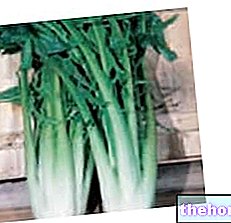

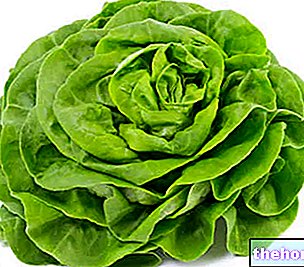
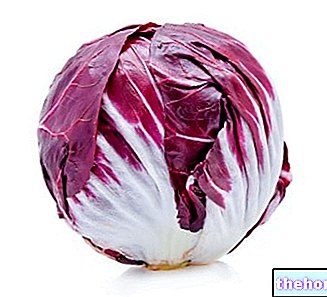
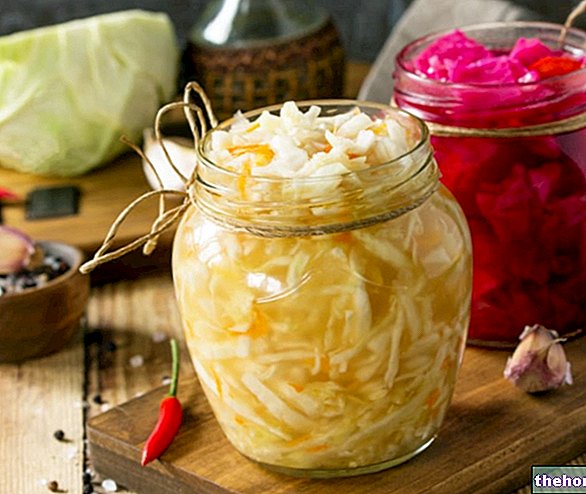
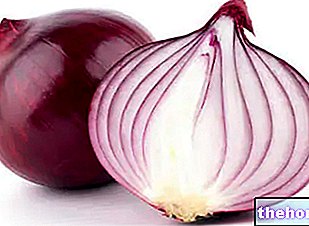












-nelle-carni-di-maiale.jpg)








